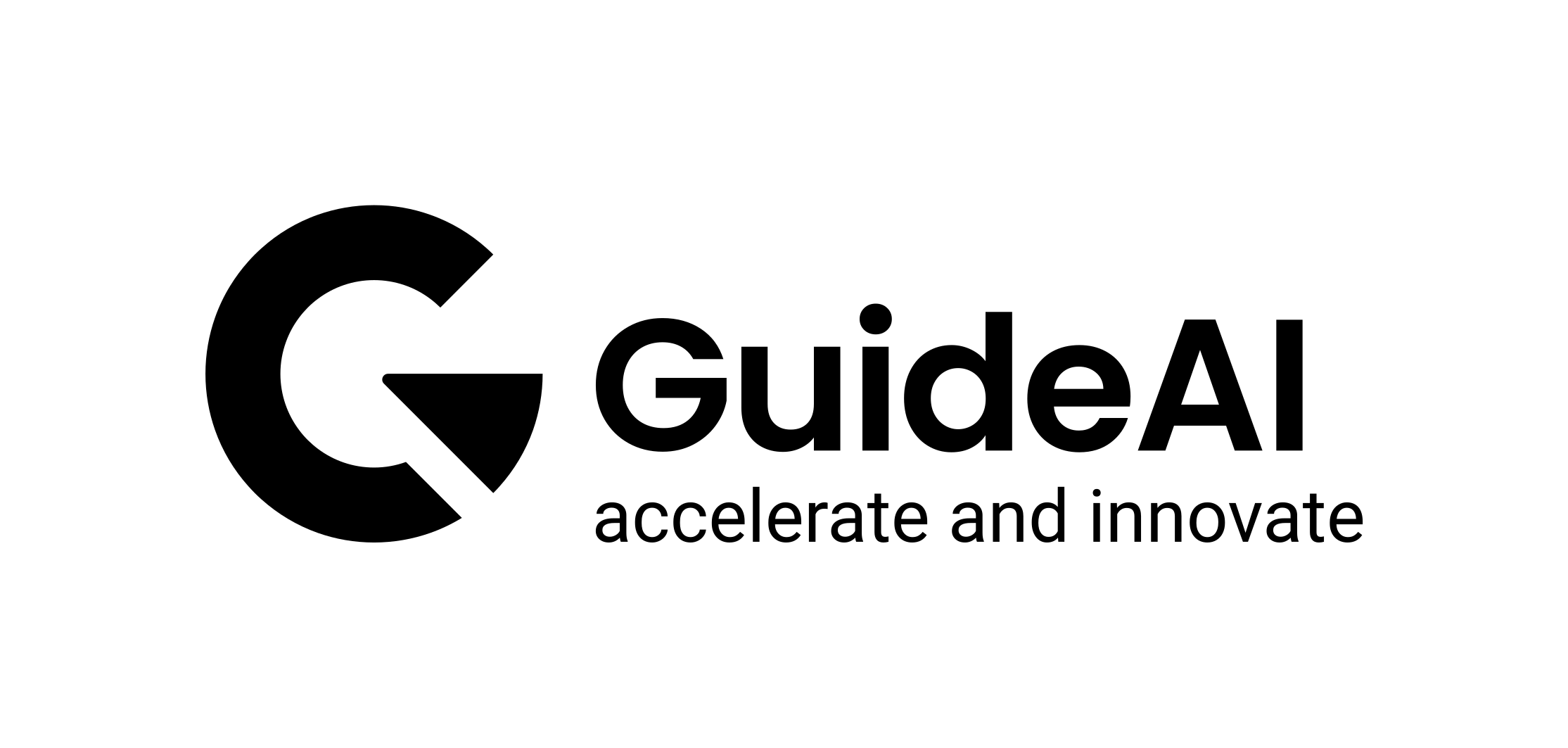Description
Job Description
• Brings in strong knowledge in the telecom domain, and a working experience across Business and
Technology Roles, across B2B and B2C businesses.
• Works with senior leadership, brings thought leadership, and helps to build and strengthen
Telecom practice.
• Experience with Business Analysis, Business Process Re-engineering, E2E Solution Design /
Component or System Design / Solution Architecture, in Telecom OSS / BSS domain is required.
• Good to have working experience on Digital Transformation, OSS/BSS Cloud Implementations,
Network Transformation programs.
• Understanding of Technology Landscape such as E2E OSS & BSS, CRM/CPQ, Product Catalog,
Order Management (OM), Service Order Management, Inventory Management, Microservices based
Architecture, RPA, Service Fulfilment, Service Assurance, Billing, and Invoicing for B2C / B2B
business.
• Should have a business focus, and an equal understanding of IT/Technology enablement, so as to
be able to align the business goals/objectives to the IT delivery.
• Good experience in data modelling, UML, and integration patterns.
• Has good understanding of frameworks relevant for Telecommunications domain (for e.g. eTOM,
SID, TAM, ITIL, ODA)
• Able to understand and translate business requirements, and working with product / technical and
operations teams to help design and build new Products and Services
• Able to conduct workshops and design thinking sessions, to understand IT Process / Technology /
Architecture and existing OSS/BSS implementations.
• Able to deliver intelligent business insights through translation of reports and analytics.
• Fair understanding of both B2C & B2B Product Lifecycle management (Products, Promotion,
Pricing, Digital Marketing etc.)
• Understanding of technologies such as 4G/5G/Metro Ethernet/ATM/MPLS/SONET/SDH etc. and
their mapping to OSS systems is an added advantage.
Day-to-Day Responsibilities:
As the Product Owner, the candidate will be engaged in the following activities on a daily basis:
Requirements Management:
Facilitate discussions with stakeholders to gather, define and prioritize requirements.
Collaborate with technology and operations teams to ensure a comprehensive
understanding of Client needs.
Utilize prioritization frameworks to manage and prioritize requirements effectively.
Create and maintain the product roadmap, outlining the planned features and their
delivery timelines. They ensure that the roadmap aligns with the product vision and
market demands.
Document requirements (along with POs in some cases) in a clear and structured
manner, ensuring alignment with business goals and industry standards.
Validate and accept story closures based on project milestones and predefined criteria.
Act as a liaison between technical teams and non-technical stakeholders to ensure that
requirements are clearly communicated and understood.
Establish and maintain traceability between requirements and the implemented
solutions.
Ensure that changes and updates are tracked and communicated to all relevant parties.
Prepare regular reports for management, highlighting the status of requirements and any
deviations.
Business Analysis:
Engage with service assurance stakeholders to comprehend ,analyze and evaluate
business requirements through interactive dialogues and workshops to ensure they are
clear, complete and feasible
Evaluate and qualify service assurance requirements, ensuring alignment between
business needs and IT delivery.
Identify dependencies and potential conflicts and work with technical teams to address
them.
Work with technical teams to design and propose solutions that align with the business
requirements.
Foster coherence and understanding among all stakeholders, both in the business and
technology realms.
Process and Service Journey Discussions:
Conduct comprehensive process walkthrough discussions to map out service assurance
processes and user journeys.
Create service journey flows for key user personas, ensuring a user-centric approach to
service assurance improvements.
Scrum Ceremonies:
Actively participate in daily stand-up meetings, providing valuable contributions to
service assurance teams.
Engage in sprint and Program Increment (PI) planning meetings, offering insights and
guidance for successful project execution
Assist in planning releases and deciding which features should be included in each
release..
Contribute to requirement grooming sessions, ensuring a comprehensive understanding
of project deliverables.
Participate in sprint retrospective meetings, providing valuable feedback for continuous
improvement.
Actively engage in show and tell sessions, sharing insights and updates on project
progress
Education
Any Graduate
- Posted On: 06-Nov-2024
- Experience: 5+ years of experience
- Openings: 1
- Category: Product Owner
- Tenure: Full-Time Position

